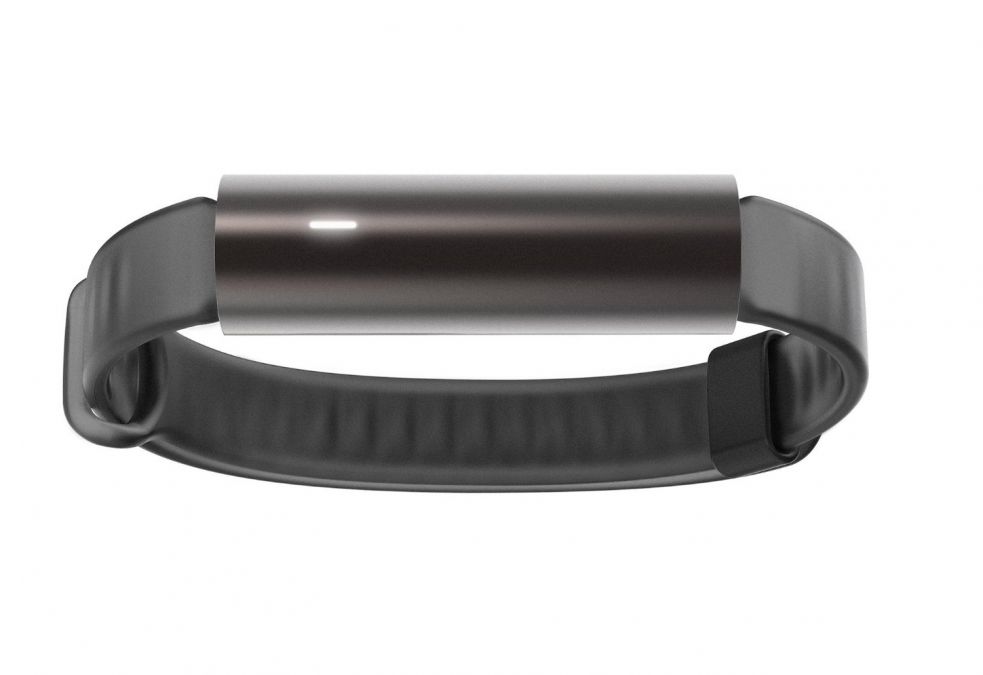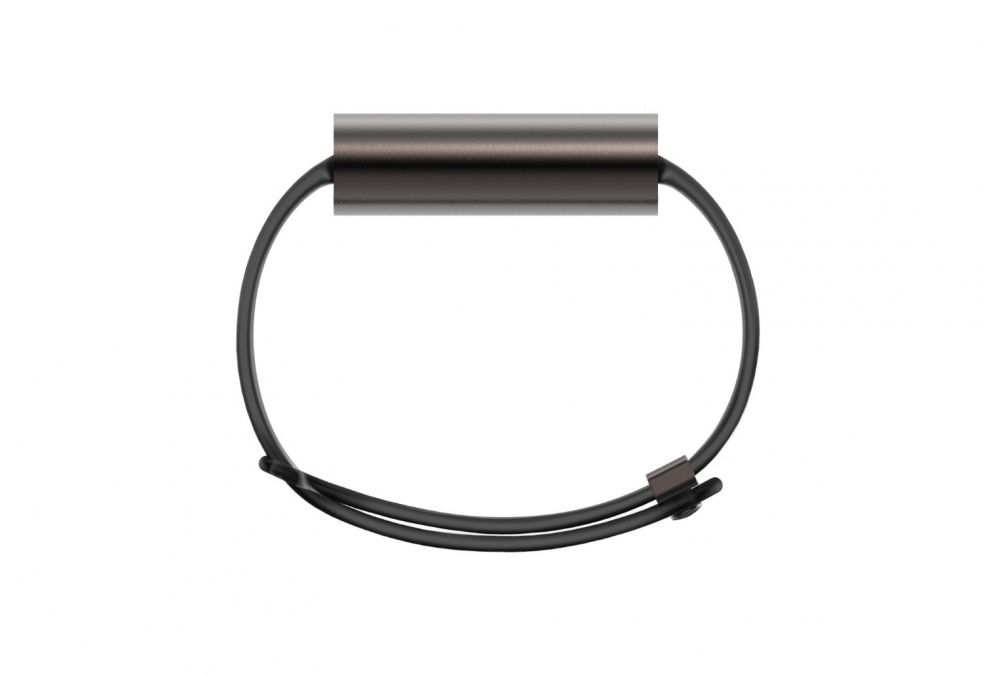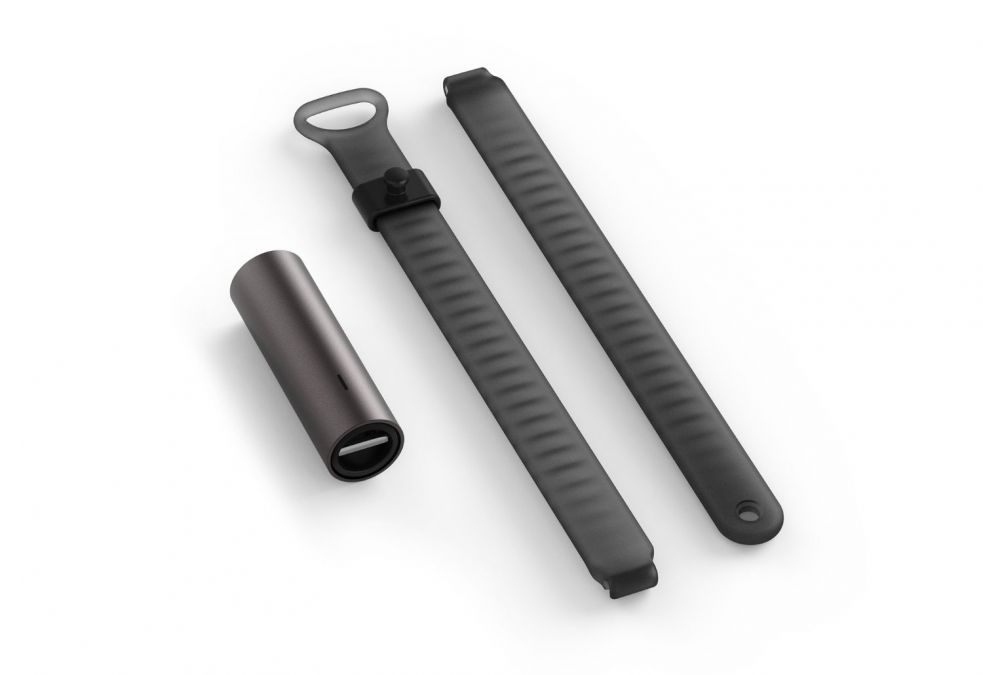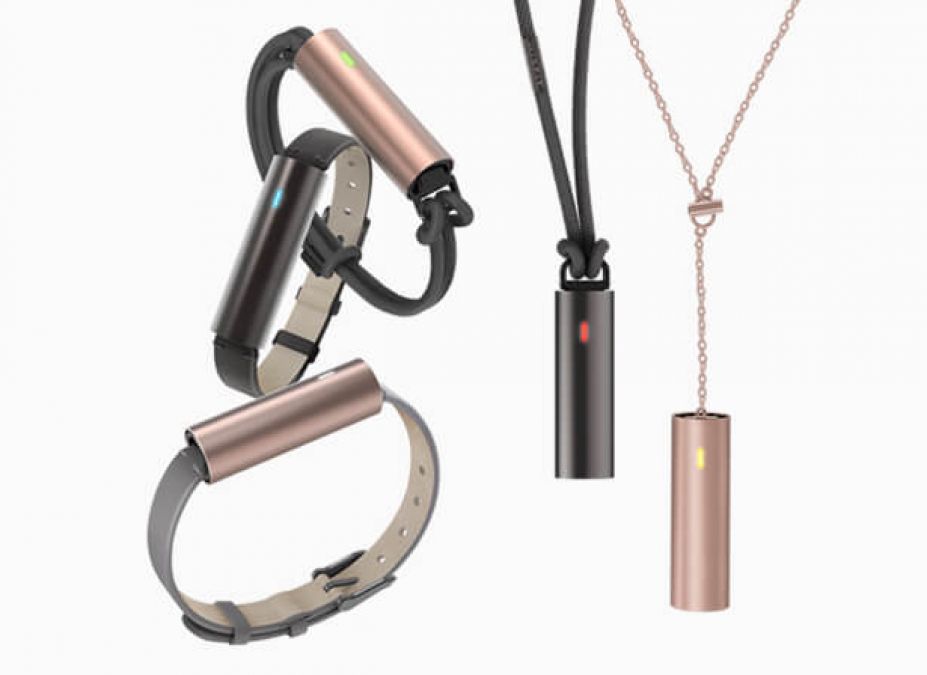Early Verdict
Things we liked A stylish, minimalist design with plenty of accessories to change its looks – most people wouldn’t know it’s a fitness tracker It’s light as a feather and incredibly comfortable The six-month battery life removes the hassle of charging it Misfit Points are a welcome upgrade to a daily step goal It’s waterproof and can track swimming sessions Things we didn’t like No built-in display Swim tracking costs £7.99 extra The app could connect with more third-party services such as Strava
You can trust Coach





Misfit Ray In-Depth
Using The Misfit Ray For Step Counting
The fundamental function of pretty much every fitness tracker is to count steps. The Misfit Ray does this but, in a move that makes it stand out from the competition, it doesn’t base your daily goal on steps alone. Instead you’re striving to accumulate Misfit Points, which take into account the amount of effort involved in each step. It’s a far more sensible way to do things – giving you the option of meeting the target quicker with more intense activity. Which leads us to…
Using The Misfit Ray To Track Activity
While most fitness trackers can ascertain when you’re being particularly active, rather than just strolling around, that increased activity doesn’t count extra towards your daily goal – it doesn’t matter to these products whether you’re jogging, walking or sprinting.
Wear the Ray, though, and 5,000 running steps will be worth more Misfit Points than 5,000 steps when you’re out for a gentle stroll.
The Misfit app will even use this algorithm to work out what you need to do in order to hit your goal that day – it could be an hour of walking or 20 minutes for running, for instance.
The Ray will automatically tell when you’re being active and list that that period on a timeline in the app. You can then edit that period and tell the app what you were doing. There’s a selection of activities to choose from like running, cycling and tennis, although no option to create a custom activity like rowing.
Using The Misfit Ray For Running
While some high-end fitness trackers – like the Garmin VivoSmart HR+, Fitbit Surge or Apple Watch 2 – have built-in GPS receivers to work out distance and pace, most estimate only the distance travelled based on the number of steps taken.
The Ray falls into that latter category, but Misfit has clearly put a lot of effort into both the logging of steps, the identification of effort and the analysis of all that data, because Misfit trackers are highly accurate.
After undertaking a few 5km runs with the Ray on one wrist and a GPS running watch on the other, we found the Ray managed to stay within around 200m of the GPS watch. That’s impressive accuracy from a device that’s only counting steps.
As such, the Misfit Ray is a more effective running partner than most basic fitness trackers. But if you’re serious about your running, then it’s still worth investing in a GPS running watch.
Using The Misfit Ray For Swimming

The Misfit Ray is waterproof to 50m, meaning that you can wear it for almost any water-based activity – quite handy if only because it’s easy to forget to take the tracker off before jumping into a pool.
Misfit has partnered with Speedo to offer an in-app purchase (£7.99) which will allow the Ray to count the number of laps you swim and the total distance covered, while also timing the activity.
This is a great addition, significantly elevating what the Ray can do. However, while £7.99 isn’t a lot of money for a useful feature, you’ll probably need to be a frequent swimmer to stump up that extra cash.
RECOMMENDED: The Best Waterproof Fitness Trackers For Swimmers
Using The Misfit Ray For Calorie Counting
Estimating the amount of calories burned throughout the day is another staple fitness tracker feature, but don’t take those numbers as gospel. As with distance travelled, the number of calories burned can only be estimated based on the steps you take throughout the day.
However, given that the Misfit Ray seems to be exceptionally accurate when it comes to estimating distance and Misfit Points take the intensity of your activities into account, the Ray should have a better understanding of your calorie-burning potential than most basic trackers.
You can also log the food you’re eating within the Misfit app, but a far more sensible option would be to pair it with MyFitnessPal, the most popular calorie-counting app. The two platforms will then communicate with each other, giving you a dynamic calorie count and keeping you abreast of how much you should eat throughout the day.
Using The Misfit Ray As A Sleep Tracker
Like most fitness trackers, the Ray will monitor you throughout the night, logging when you’re in deep sleep and light sleep and when you’re awake.

As always, there’s only so much you can do with this data, but what you can ascertain is whether your sleep patterns improve as you adopt a healthier, more active lifestyle.
There are a couple of things that push it ahead of the competition, though. First and foremost is that the Misfit Ray is undoubtedly the most comfortable fitness tracker we’ve ever worn. It’s light as a feather (8g with the batteries installed) and its aluminium construction and cylindrical design means that it feels smooth and cool on your wrist – you barely notice it.
Second, its six-month battery life means that you’ll never need to charge it overnight and miss tracking your sleep.
Using The Misfit App And Web Portal
Although you can check your daily progress via the Misfit website, it’s a basic affair, and it’s clear that Misfit is expecting people to use the smartphone app – which thankfully is pretty good. It’s easy to navigate for one: swiping the main screen allows you to look back through previous days while scrolling will reveal your timeline.

A nice touch is that directly under the graphic displaying progress towards your daily goal are recommendations for hitting it – that could be two hours of walking, half an hour of running or one hour of swimming.
Activities are automatically logged, but not identified – the app will simply log instances of light, moderate and vigorous activity, then you can edit those to identify what you were doing at the time.
As well as MyFitnessPal, the Misfit app can connect with a selection of other platforms, such as Runkeeper and MapMyFitness – Strava is conspicuous by its absence, though. Misfit could do with broadening the number of third-party apps it pairs with, since the list is a little meagre compared to the likes of Jawbone.
How Often Do I Need To Charge It?
Never! The Ray is powered by three 393 button cell batteries, which will last for about six months (a new set of three batteries cost £4.98 and are easily changed). Taking charging out of the equation is a great feature and one that Misfit has baked into all its devices so far.
Not only does this mean that you won’t miss a night’s sleep tracking while you charge it, it also means you’ll never walk out the door without it because you’ve forgotten that it’s charging – something we’ve often done.
Where Can I Wear It Without People Laughing At Me?
Anywhere you like – this is probably the best-looking fitness tracker you can buy. The Ray has a minimalist aesthetic and there’s a good chance that most people won’t even realise that it’s a fitness tracker.
Misfit is also the master of accessories, so there are plenty of different strap styles. Black, brown or dark grey leather bands are sold individually (£29.99), but there are also packs on offer with variations on a design theme, such as minimalist, elegant or paracord (£29.99 for three or four), the latter including a lanyard that allows you to wear the Ray as a pendant.
Are There Other Trackers I Should Consider Buying?
There are a few options out there at this end of the market (the Fitbit Flex 2 and Jawbone UP2) but none of them provides the combination of minimalist style, exceptional battery life and comfort of the Ray.
If you feel that you absolutely need a built-in screen, then the Fitbit Alta is probably the pick. The Garmin Vivofit 3 offers even longer battery life, but neither the style, comfort or functionality of the Ray.
The Misfit Ray will suit anyone who’s looking for a basic fitness tracker that won’t cramp their style, but it’s also a great companion for the more hardcore fitness enthusiast who already has dedicated devices for activities like running and cycling.
RECOMMENDED: The Best Fitness Trackers
